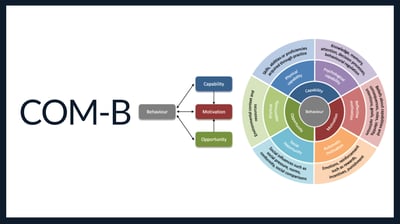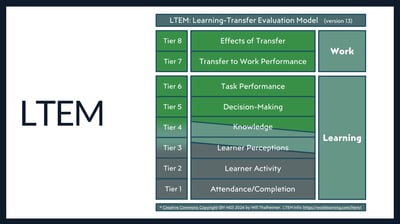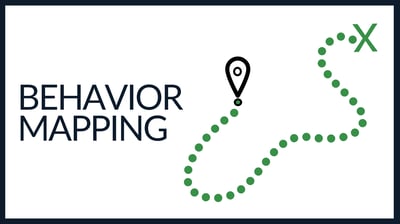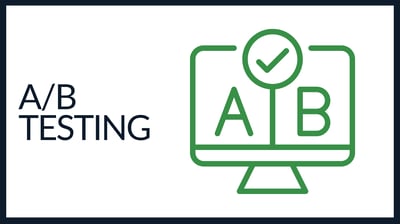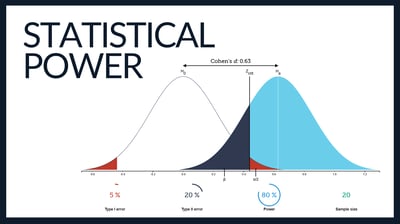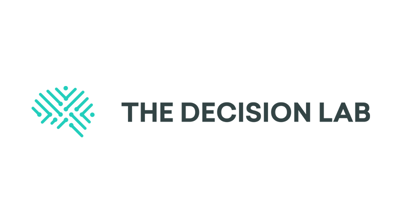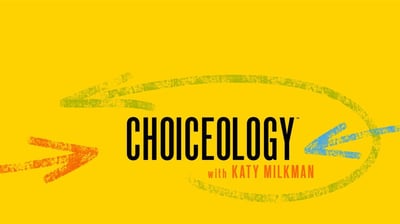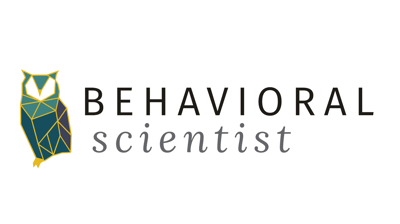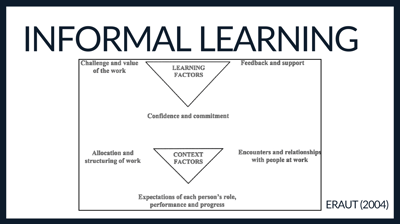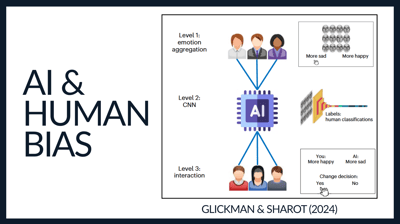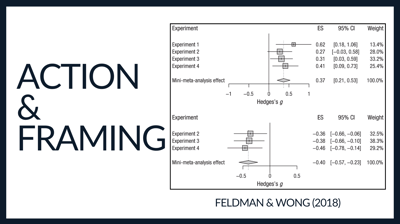COM-B: What Drives Behavior at Work
The COM-B model breaks behavior into Capability, Opportunity, and Motivation, making it a powerful tool for diagnosing performance gaps. In L&D and talent strategy, it helps ensure interventions target what’s preventing change.
LTEM: Measuring Learning Impact
This model enables L&D teams to go beyond attendance and satisfaction surveys by evaluating what truly matters: knowledge, decision-making, and behavior change. A helpful framework for designing and measuring training that truly transfers to work.
Behavior Maps: Uncovering the Learning Journey
Behavioral mapping breaks learning and behavior change into actionable steps, revealing where people get stuck, distracted, or drop off. This tool is especially useful in L&D for designing onboarding, training, or performance support that addresses real barriers, not just ones we assume.
Tools
These are some of the tools that I use to design, evaluate, and improve organizational effectiveness and talent programs. Click on any card to learn more.
A/B Testing Tool by Ideas42
This interactive tool helps you design simple, effective A/B tests to improve programs, training, or systems. Great for L&D and talent teams experimenting with different nudges, messages, or workflows.
Coaching Through Styles & Climate
This tool helps leaders understand how their leadership style shapes the team’s climate and ultimately, performance. It combines data and coaching to identify strengths, gaps, and opportunities for creating more effective, supportive work environments. Ideal for L&D teams focused on leadership development and organizational culture.
Statistical Power Visualizer
This interactive tool by Kristoffer Magnusson helps demystify p-values, power, and sample size by letting you experiment with statistical settings in real time. Great for L&D or behavioral science professionals who want to better interpret evaluation data or explain it to others.
Understanding Biases
The Decision Lab breaks down why our brains rely on shortcuts and how those biases can distort decisions in hiring, feedback, and leadership. A practical starting point for anyone looking to design more objective, inclusive talent systems.
The Psychology Behind Everyday Decisions
Hosted by Katy Milkman, this podcast explores how people make decisions and how those choices go wrong. A great resource for L&D and talent professionals looking to learn how others are applying behavioral science.
Journalism for Behavioral Thinkers
Behavioral Scientist is a digital magazine featuring original insights from researchers, practitioners, and writers working at the front lines of behavioral science. A go-to source for applying behavioral thinking to real-world challenges from policy and tech to leadership and learning.
Websites
A few of my favorite sites for applying behavioral science. Click any card to explore ideas or get inspiration.
Rethinking Learning: What Happens Between the Formal and the Tacit
Most learning at work is informal, invisible, and deeply embedded in social context. This paper breaks down how people learn from experience, relationships, and everyday tasks, which can be critical insights for designing effective onboarding, coaching, and development programs.
When AI Feedback Loops Shape Human Judgment
Interactions with biased AI systems can subtly influence how people think and make decisions, potentially amplifying human biases over time. This matters for talent management, where reliance on AI tools in hiring, feedback, or performance reviews could reinforce systemic inequities without anyone noticing.
When Action Feels Safer: Framing and Escalation Bias
People are more likely to escalate commitment to failing projects when that choice is framed as “taking action.” This paper highlights how action-inaction framing, especially following negative feedback, can bias workplace decisions. This could be relevant for performance reviews, project continuation, and resource allocation.
Papers
A few research papers I'm currently exploring that connect learning & behavior to real-world challenges. Click any card to dig into their ideas.




